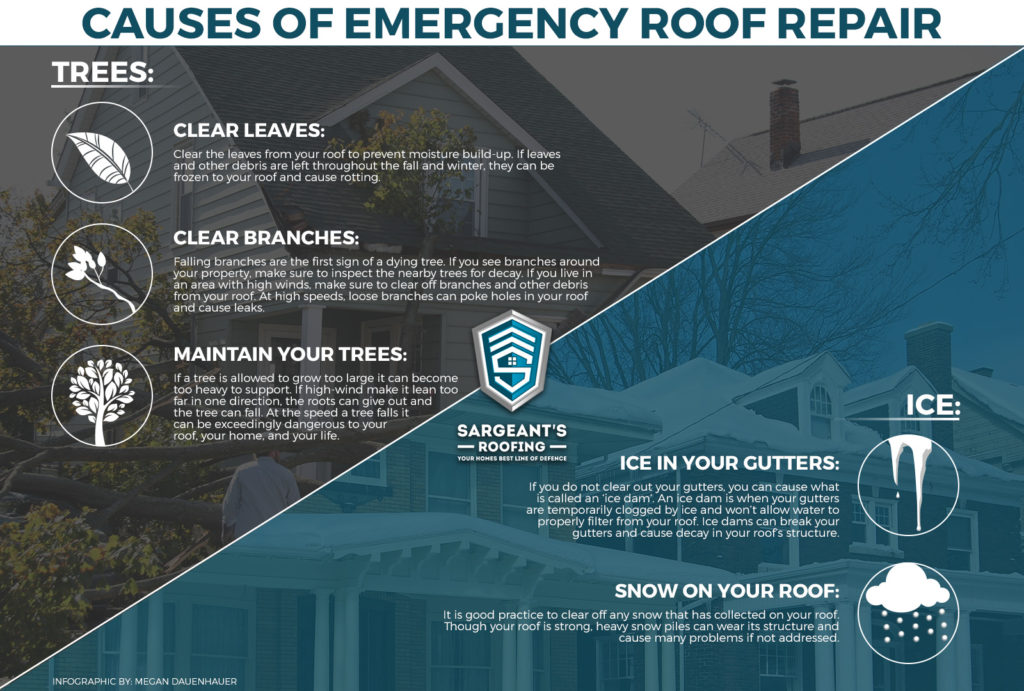Understand Exactly How Different Climate Condition Affect Your Roofing Installation To Guarantee An Effective End Result
Understand Exactly How Different Climate Condition Affect Your Roofing Installation To Guarantee An Effective End Result
Blog Article
Write-Up By-Vick Donnelly
When it comes to roof covering setups, the climate can make or damage the task. Think of the disappointment of handling materials that won't comply due to extreme warmth or battling unsafe surfaces triggered by unexpected rainfall. Recognizing the effect of weather conditions on your roof project is essential for a successful result. So, allow's discover exactly how various weather components can influence the top quality and sturdiness of your roofing system installment, making sure a work well done.
Impact of Temperature on Roof Installation
When it concerns roof covering installment, temperature level plays a critical function in the process. The optimal temperature for roof covering jobs generally drops between 45 and 85 levels Fahrenheit. Severe heat can create materials like roof shingles to come to be as well pliable, leading to prospective damages throughout installment. On the other hand, cold temperatures can make materials brittle and prone to splitting. It is very important to schedule roof covering installations throughout modest temperature levels to make sure the most effective result.
During chillier climate, contractors may need to take added preventative measures such as making use of heated devices or enabling products to heat up before setup.
In contrast, hot weather may need work to be done previously or later on in the day to prevent the peak temperature levels. By considering the temperature level and its results on roof materials, you can help guarantee an effective installation that will certainly endure the components for several years to come.
Impact of Precipitation on Roof Projects
Roofing projects can be substantially impacted by rainfall, affecting both the timeline and the top quality of the installation. Rainfall or snow can develop slippery problems, making it hazardous for roofing contractors to work on a wet surface area. In addition, wetness can jeopardize the attachment of materials like tiles or underlayment, causing possible leaks or damages in the future.
If it rains throughout a roofing project, the water can permeate right into vulnerable areas, creating hold-ups as the installment crew have to await the roofing system to dry before continuing. https://www.northbaybusinessjournal.com/article/news/local-roofing-ceo-letitia-hanke-surprised-with-61000-in-tools-35000-ch/ can likewise advertise the growth of mold and mold, further threatening the stability of the roof.
To prevent these concerns, it's recommended to set up roof jobs throughout drier seasons or check the weather report carefully to plan around any kind of prospective rainstorms. By taking https://reidpkeys.activoblog.com/29715350/a-comprehensive-intro-to-roof-varieties-realizing-the-ideas-of-gable-hip-flat-and-mansard-roofs to work in beneficial climate condition, you can make sure a smoother and more successful roofing installment procedure.
Impact of Wind Rate on Setup Success
Throughout roofing installment, the speed of the wind plays a crucial duty in identifying the success of the task. High wind rates can present substantial challenges to contractors, possibly bring about safety hazards and quality issues. When wind rates surpass advised restrictions, it comes to be challenging to deal with products, enhancing the risk of accidents and damages to the roof covering products. Strong gusts can also influence the accuracy of dimensions and the accuracy required for appropriate installation.
To make sure an effective roof installation, it's necessary to keep an eye on and think about wind speeds. Preferably, roof installation should happen on days with reduced to modest wind speeds. This not just enhances the safety of the employees but likewise enhances the general quality of the installation.
Roof covering tasks scheduled during calm weather are most likely to be completed efficiently and with fewer mistakes. By taking note of wind speed projections and planning as necessary, you can aid guarantee a smooth and effective roof covering installation process.
Final thought
So, when it involves roofing setup, keep in mind to think about the climate condition to ensure a successful task. Ideal temperature levels, completely dry conditions, and moderate wind speeds are essential aspects to prioritize for a smooth installment procedure. By scheduling your project throughout the best periods and suitable weather conditions, you can accomplish a sturdy and lasting roofing system that will certainly secure your home for years ahead.
